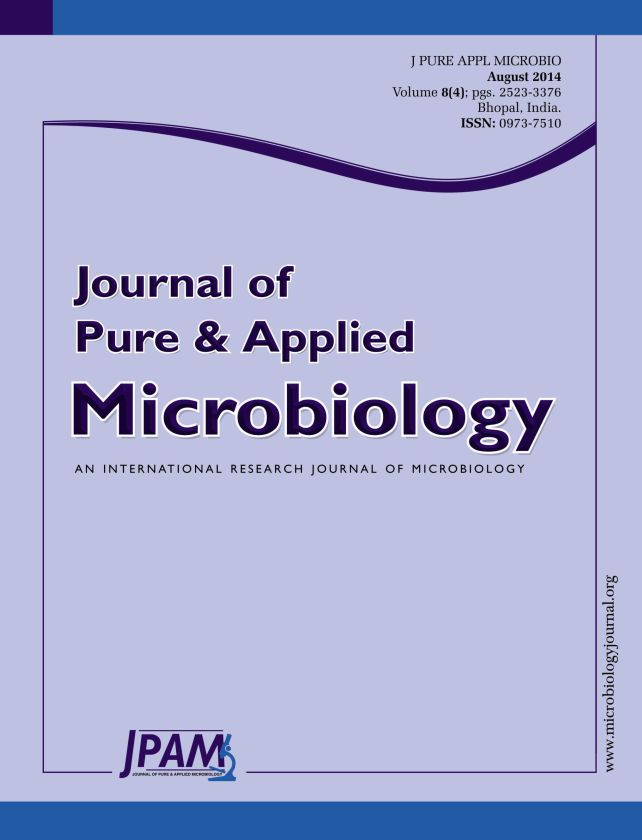Cellulose is the major constituent found in the Lignocellulosic biomass should be degraded by microorganism isolated from various sources such as farm yard manure and rhizosphere of the sugarcane. Total 7 bacteria was isolated among these 3 bacteria from farm yard manure designated as Fym1,Fym2,Fym3 and 4 bacteria from sugarcane rhizosphere sr1,sr2,sr3,sr4 having higher potential for cellulose decomposition examined on the Cellulose Congored plate showed the clear zone. Effect of different parameter such as pH, Substrate concentration, temperature on bacterial growth. All the 7 strain of the bacteria could grow on high pH 8 to10, so it may be placed in the group of alkalophilic. Concentration of substrate 1 to 2 % showed the higher growth of the bacteria. While at bacteria also survived at higher temperature, but maximum enzyme activity should be achieved at 37ºC.
Lignocellulosic biomass, Rhizosphere, Cellulose Congored plate, Alkalophilic, Enzyme activity
© The Author(s) 2014. Open Access. This article is distributed under the terms of the Creative Commons Attribution 4.0 International License which permits unrestricted use, sharing, distribution, and reproduction in any medium, provided you give appropriate credit to the original author(s) and the source, provide a link to the Creative Commons license, and indicate if changes were made.


